Tool/software:
データシートの10.2.1のFigure 15 の回路を組みたい場合は、LM2917ではなく、LM2907を選択すればよろしいでしょうか。
This thread has been locked.
If you have a related question, please click the "Ask a related question" button in the top right corner. The newly created question will be automatically linked to this question.
Tool/software:
データシートの10.2.1のFigure 15 の回路を組みたい場合は、LM2917ではなく、LM2907を選択すればよろしいでしょうか。
Hello ?? ??,
I'm using a translator to read your post as I'm not familiar with Japanese. There could be some mistranslation.
You said "If you want to build the circuit shown in Figure 15 in 10.2.1, should you choose the LM2907 instead of the LM2917?"
Both devices are very similar however, LM2917 incorporates an active zener regulator on-chip as seen below or in AN-162 LM2907 Tachometer/Speed Switch Building Block Applications
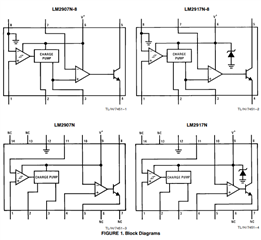
You typically use LM2917 when an output voltage or current must be obtained independent of the supply voltage variations.
You likely only need to use LM2907 (8 pin variant) to build the circuit in Figure 15.
Best Regards,
Robert Clifton
Is it correct that the EMIT terminal does not output an output voltage higher than the power supply voltage? For example, if the input voltage of 6pin (V+) is 4.5V and the input voltage of 1pin (TACH+) is MAX 5V, the MAX output of EMIT is recognized as 4.5V.
Hi ?? ??,
That is correct. EMIT is the emitter of the bipolar junction transistor. It won't be able to output anything above the supply rail. And as you mentioned, it won't be able to output up to the supply rail. It will have some voltage drop across the collector and emitter.
Best Regards,
Robert Clifton
Where in the data sheet does it say that the recommended power supply voltage is 6V or more?
Hello Mizutani-san,
I never noticed that the datasheet doesn't specifically state this. It does state it indirectly when looking at the Electrical Characteristic graphs. As shown below, the graphs will only show going to 6V not lower. The device hasn't been characterized to go below 6V.
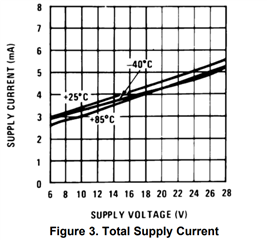
Best Regards,
Robert Clifton
About LM2917(8P)
Figure 19. I would like to use the Zener Regulated Frequency to Voltage Converter circuit.
I have three questions.
1. Even if the power supply voltage is 12V, VOUT = VCC × f × C1 × R1. In the formula, is Vcc the Zener voltage or 12V?
2.Is there a way to raise the input terminal shred above 0V?
3.Is it necessary for the input terminal to exceed the Zener voltage?
Hello Mizutani-san,
Robert is out of office, I will continue the support in the meantime.
1. The Vcc in the formula is 7.56V

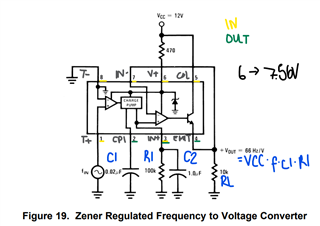
This can be confirmed by Vo = VCC * f * C1 *R1 = 1V/66Hz = (7.56V) * f * (0.02e-6 1/ohmHz) * (100e3 ohm)
2. There is a way in 14 pin version but not in the 8 pin version. The 14 pin version, pin 11 (TACH-) is separate from ground. The 8 pin version cannot do this:

Here are two examples of how to do this for 14 pin version:
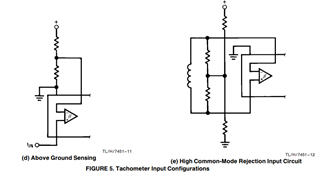
If you choose to use the 8 pin version, can always AC couple the input:
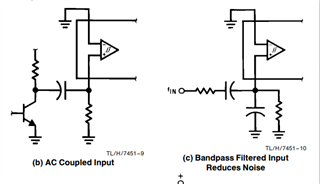
3. The input terminal does not need to exceed the Zener voltage.

All the best,
Carolina